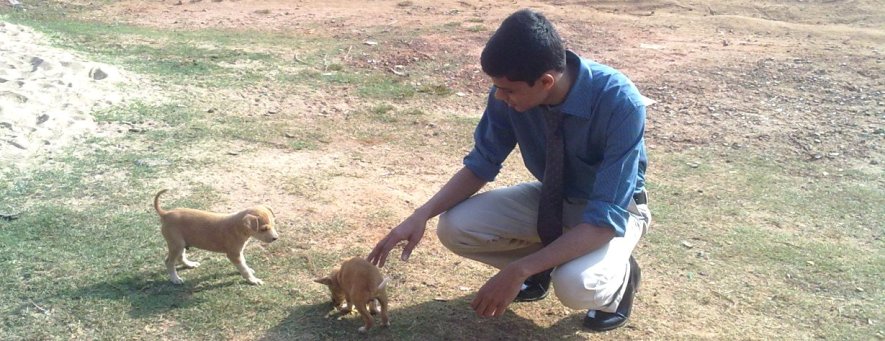A helmet is a form of protective gear worn on the head. Traditionally, helmets have been made of metal. In recent decades helmets made from resin or plastic and typically reinforced with Aramid fiber (e.g. Twaron or Kevlar) have become preferred for most applications. Designed for protection of the head in combat, or in civilian life, from sports injuries, falling objects or high-speed collisions.
ORIGIN
Helmets were among the oldest forms of combat protection.they were purely military equipment, protecting the head from cutting blows with swords, flying arrows, and low-velocity musketry.The Napoleonic era saw ornate cavalry helmets reintroduced for cuirassiers and dragoons in some armies; they continued to be used by French forces during World War I as late as 1915, when they were replaced by the new French Adrian helmet. It was soon followed by the adoption of similar steel helmets by the other warring nations.World War I and its increased use of heavy artillery had renewed the need for steel helmets, which were quickly introduced by all the combatant nations for their foot soldiers. In the 20th century, such helmets offered protection for the head from shrapnel and spent, or glancing, bullets.
FUNCTION AND STRUCTURE
Despite various designs and requirements, helmets attempt to protect the user's head through a mechanical energy-absorption process. Therefore, their structure and protective capacity are altered in high-energy impacts. Beside their energy-absorption capability, their volume and weight are also important issues, since higher volume and weight increase the injury risk for the user's head and neck.
Classical helmets from the ancient Greeks to today treat the head uniformly and are currently tested on rigid headforms. Anatomical helmets adapted to the inner head structure were invented by neurosurgeons at the end of the 20th century. Since the materials are disposed according to the anatomical structure of the head, they are smaller and lighter than the classical helmets.
MOTORCYCLE HELMETS
A motorcycle helmet is a type of protective headgear used by motorcycle riders. The primary goal of a motorcycle helmet is motorcycle safety - to protect the rider's head during impact, thus preventing or reducing head injury or saving the rider's life. Some helmets provide additional conveniences, such as ventilation, face shields, ear protection, intercom etc. Helmets can have some inconveniences, such as being hot, heavy, or itchy.
BASIC TYPES OF MOTORCYCLE HELMETS
There are four basic types of motorcycle helmets. All of these types of helmets are secured by a chin strap, and their protective benefits are greatly reduced, if not eliminated, if the chin strap is not securely fastened so as to maintain a snug fit.
Full face
A full face helmet covers the entire head, with a rear that covers the base of the skull, and a protective section over the front of the chin. Such helmets have an open cutout in a band across the eyes and nose, with a plastic face shield (which may be clear or tinted) that generally swivels up and down to allow access to the face. Many full face helmets include vents to increase the airflow to the rider.
Open face
This helmet's rear also covers the back of the skull, but lacks the lower chin armor of the full face helmet, as well as the face shield. Many offer visors of selectable length, some clear, some tinted, which may be used by the rider to block out sunlight or headlights. An open face helmet provides the same rear protection as a full face helmet, but little protection to the face, even from non-crash events. Bugs, dust or even wind to the face and eyes can cause rider discomfort or injury. As a result, it is not uncommon (and in some states, is required by law) for riders to wear wrap-around sunglasses or goggles to supplement eye protection with these helmets.
Half helmet
The half helmet, also referred to as a "shorty", has essentially the same front design as an open face helmet but with a raised rear. The half helmet provides the minimum coverage generally allowed by law in the US. As with the open face, it is not uncommon to augment this helmet's eye protection through other means. Unlike open face and full face helmets, half helmets are also prone to shifting and sometimes coming off of the rider's head during an accident.
Others
There are other types of headwear - often called "beanies" or "novelty helmets" (a term which arose since they can not legally be called "motorcycle helmets") - which are not certified and generally only used to provide the illusion of compliance with mandatory helmet laws. Such items are often smaller and lighter than DOT-approved helmets, and are unsuitable for crash protection because they lack the energy-absorbing foam that protects the brain by allowing it to come to a gradual stop during an impact. A "novelty helmet" can protect the scalp against sunburn while riding and - if it stays on during a crash - might protect the scalp against abrasion, but it has no capability to protect the skull or brain from an impact.
CONSTRUCTION
Modern helmets are constructed from plastics. Premium price helmets are sometimes reinforced with kevlar or carbon fiber. They generally have fabric and foam interiors for both comfort and protection. Motorcycle helmets are generally designed to break in a crash (thus expending the energy otherwise destined for the wearer's skull), so they provide little or no protection after their first impact. Note that impacts may, of course, come from things other than crashing, such a dropping a helmet, and may not cause any externally visible damage. For the best protection, helmets should be replaced after any impact, and every three or so years even if no impact is known to have occurred.
